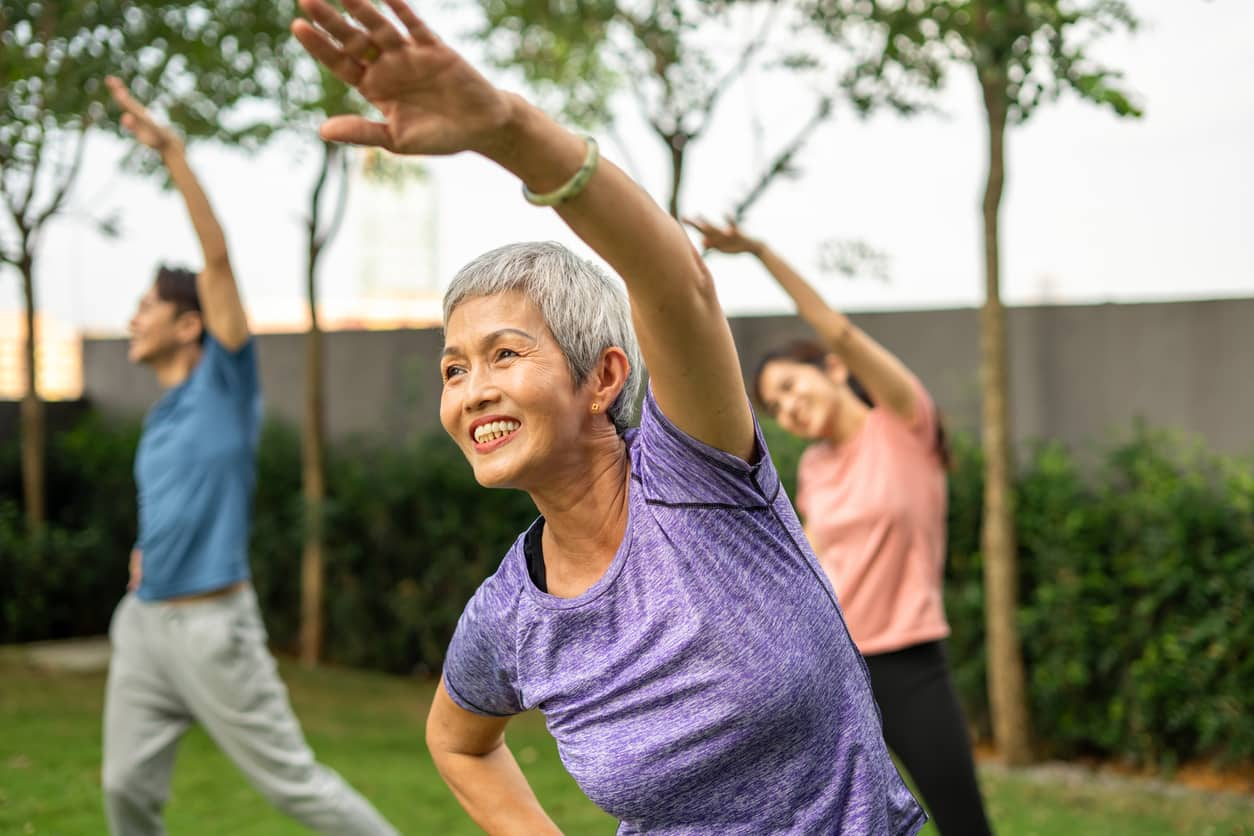The Impact of Age on Sports Injury Risk and Recovery
It comes as no surprise that a senior in his 70s is unlikely to match the athletic feats of a sprightly 17-year-old. But what if you’ve barely crossed your thirties and you’re already noticing a heightened susceptibility to sports injuries?
Whether it's a strained muscle post-gym or a knee injury from a casual game of football, it begs the question: Is my injury simply due to a lack of regular conditioning caused by a busy work schedule? Or could it be something physiological?
How Does Age Increase the Risk of Injury in Sports?
Even in the prime of our late twenties and early thirties, subtle physiological shifts are underway within our bodies that can boost the likelihood of sports injuries:
H3 1. Loss of Bone Mass
As you enter your 30s, a shift in bone dynamics occurs. The balance tips as bone breakdown starts to outpace bone buildup. During this phase, our bones lose calcium, the essential mineral imparting bone strength, faster than it can be replenished.
With reduced bone remodelling, your bones become thinner and inherently weaker. This newfound fragility can thus result in common sports injuries such as sprains or even fractures from incidents that may have seemed trivial in earlier years.
2. Loss of Muscle Mass
Alongside bone loss is diminishing muscle mass, accentuated by the sedentary lifestyles common among working professionals in Singapore. This translates to a reduction in support and impact absorption for our joints, amplifying the risk of injuries during sports and everyday activities.
3. Changes in the Cartilage and Ligaments
As time passes, the synovial fluid lubricating your joints also decreases while the cartilage thins out. This predisposes your joints to wear and tear, causing discomfort, injuries, and inflammation after you engage in sports activities.
4. Reduced Ligament Elasticity
At the same time, your ligaments also lose their flexibility. This means that your risk of sprains, strains and overuse injuries, such as Iliotibial band syndrome of the knee, increases in tandem when engaging in sports activities like tennis or basketball that involve sudden twists or turns,
With a greater risk of injury, it becomes crucial to ensure that you are covered for the needs arising from such situations, such as through plans like Income Insurance’s PA Fitness Protect.
For sceptics, you may then wonder: But surely I won’t need such protection as I can easily recover from my sports injuries? While true, this can change over time.
Why Do We Take Longer to Heal from Sports Injuries?
1. Changing Biochemical Environment
With age comes a shift in our biochemical balance. Declining hormones, like testosterone, coupled with reduced collagen levels, can impede muscle alongside the rebuilding and resynthesising of tissues, thereby extending recovery from a sports injury.
2. Elevated Inflammatory Response
Meanwhile, dysregulation of inflammatory response can occur with age, further impeding your recovery.
3. Cell Exhaustion
As time passes, our muscle stem cells responsible for initiating repairs also decrease in regenerative potential, resulting in a longer time required to heal from sports injuries.
Facing these physiological realities, how, then, can we equip ourselves to manage our risks and sustain an active lifestyle? The answer lies in a three-pronged approach.
The Essential Trio for Sustained Active Lifestyle
1. Nutrition
For starters, work on achieving a balanced diet. By consuming adequate amounts of essential vitamins, you can boost your energy, enhance muscle growth, accelerate healing and stay healthy, enabling you to keep up with your desired lifestyle.
2. Warm-Up and Timely Sports Injury Treatment
Before engaging in sports, be sure to warm up your body. Doing so enhances your body’s blood flow and primes your body for enhanced movement efficiency, mitigating the risks of strains or tears during workouts.
Nonetheless, injuries can still occur from time to time. In such instances, swift and appropriate treatment is crucial to expedite recovery and minimise the risk of sequelae that can affect your future performance.
3. Medical Insurance Coverage in Singapore
In the event of a sports injury, the fees for medical treatment can be a source of financial stress. For example, a single chiropractic session in Singapore already starts at at least S$55*.
With repeated visits, these costs can add up rapidly. By planning ahead for a rainy day, with the help of personal accident insurance plans like Income’s PA Fitness Protect, you can benefit from prioritising your recovery with peace of mind.
Stay in the Game Confidently with PA Fitness Protect
Designed for fitness fanatics, Income’s PA Fitness Protect offers accident protection for fitness fanatics because a more active lifestyle needs more protection. This includes 2X coverage for medical expenses due to accidental tears, dislocations and fractures, which most health insurance plans do not cover1, plus equipment coverage for your bikes and more. Speak to our financial advisors today, and let us help you continue living the vibrant life you cherish.
*Excluding promotional prices for first-time trials.
1 PA Fitness Protect covers medical expenses due to accidents during the sport, exercise or adventurous activity. Most health insurance plans do not cover outpatient medical treatment without hospitalisation. Policy terms, conditions and exclusions apply.
This article is meant purely for informational purposes and does not constitute an offer, recommendation, solicitation or advise to buy or sell any product(s). It should not be relied upon as financial advice. The precise terms, conditions and exclusions of any Income Insurance products mentioned are specified in their respective policy contracts. Please seek independent financial advice before making any decision.
These policies are protected under the Policy Owners’ Protection Scheme which is administered by the Singapore Deposit Insurance Corporation (SDIC). Coverage for your policy is automatic and no further action is required from you. For more information on the types of benefits that are covered under the scheme as well as the limits of coverage, where applicable, please contact Income Insurance or visit the GIA/LIA or SDIC websites (www.gia.org.sg or www.lia.org.sg or www.sdic.org.sg).
This advertisement has not been reviewed by the Monetary Authority of Singapore.








